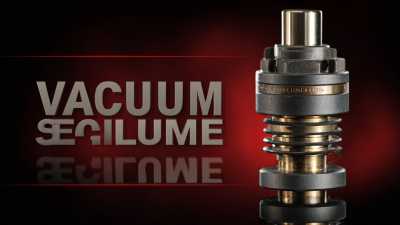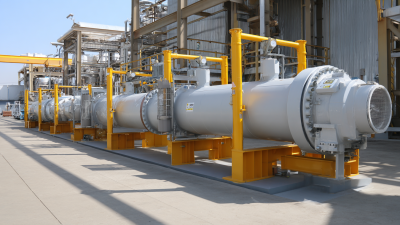Leave Your Message
In today's fast-paced industrial environment, ensuring the safety of your facility against fire hazards is of paramount importance. According to the National Fire Protection Association (NFPA), there were over 1.3 million fire incidents reported in the United States in 2021 alone, resulting in more than $21 billion in property damage. This alarming statistic underscores the critical need for effective fire prevention measures.
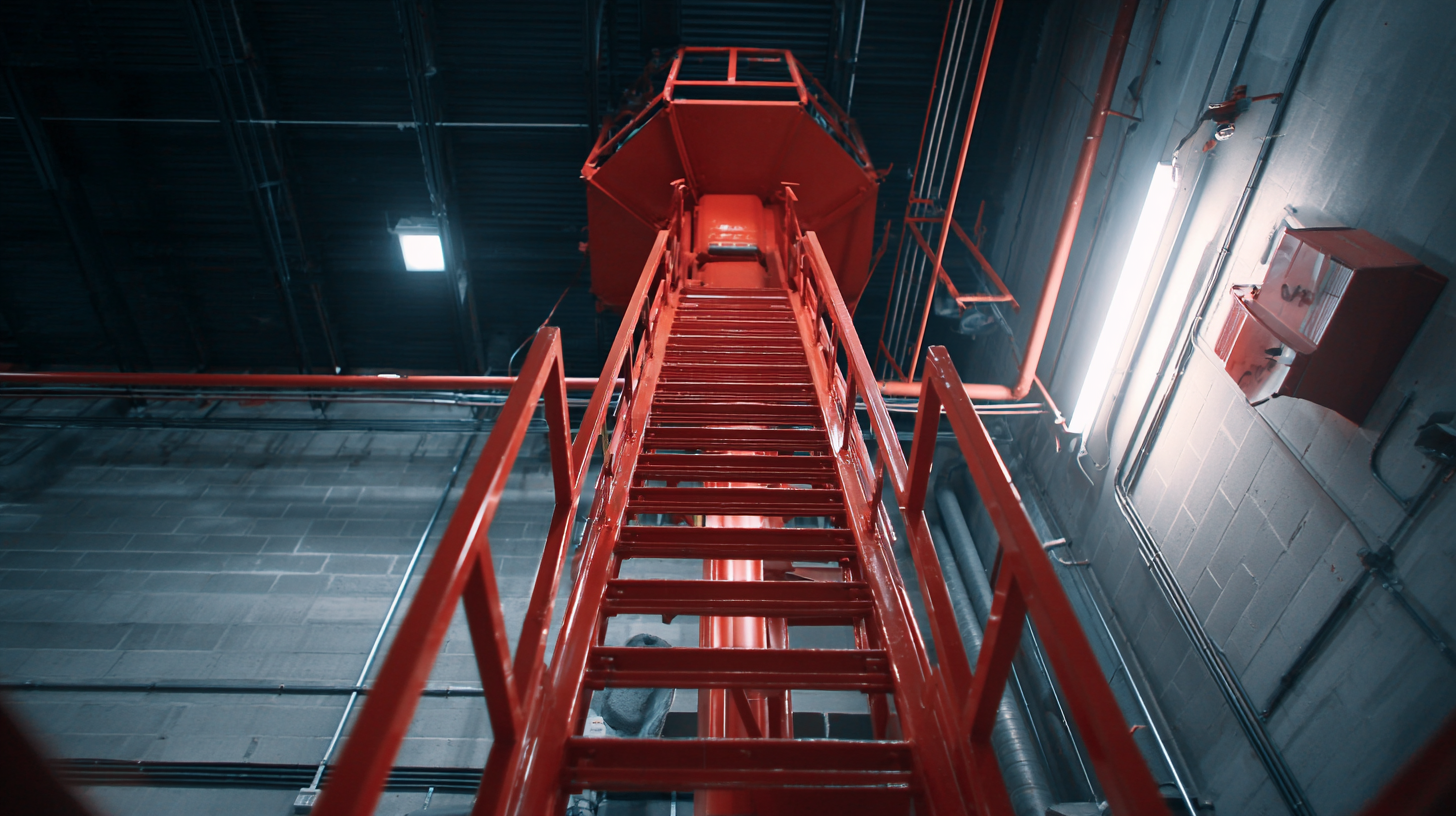
One of the most essential tools in fire safety management is the Fire Arrestor, a device designed to prevent the spread of fire and smoke within a building. By integrating high-quality fire arrestors into your safety protocols, you can significantly reduce the risk of devastating fire incidents and protect your employees, assets, and overall operational integrity.
In this blog, we will explore the seven best fire arrestors essential for maximizing safety in your facility.
When selecting fire arrestors for your facility, it’s essential to focus on the critical features that contribute to maximum safety. One key aspect is the effectiveness of the arrestor's design. Look for products that effectively contain sparks and embers, ensuring that they don't escape into the surrounding environment. Materials that withstand high temperatures and have a proven durability can significantly enhance safety, particularly in facilities where fire risks are greater.
Moreover, ease of maintenance is another vital feature to consider. Fire arrestors should not only be efficient in preventing fires but also easy to clean and inspect. This ensures that they remain in optimal working condition over time, providing ongoing protection. The noise level during operation is also an important aspect, as a quieter device can minimize distractions in a bustling facility.
As organizations increasingly prioritize safety in their operations, investing in high-quality fire arrestors with the appropriate features is a critical step toward safeguarding your premises.
When it comes to protecting industrial facilities from the devastating effects of fire, investing in high-quality fire arrestors is essential. These specialized devices not only help to contain flames but also prevent the spread of smoke, ensuring the safety of personnel and minimizing property damage. The top seven fire arrestors recommended for industrial facilities have been rigorously tested for effectiveness, reliability, and durability, making them a must-have for any safety-conscious operation.
Among the best options are advanced models that utilize innovative materials designed to withstand extreme temperatures. Examples include fire-rated curtains, which can be deployed to create barriers during emergencies, and specialized doors that automatically close to seal off sections of the facility. Additionally, fixed and portable fire extinguishing systems play a crucial role in immediate response efforts. By integrating these fire arrestors into safety protocols, facilities can enhance their overall fire prevention strategies and create a safer working environment for everyone involved.
Proper installation and maintenance of fire arrestors are crucial for ensuring maximum safety within any facility. As the fire safety equipment market is projected to grow significantly, from $54.37 billion in 2024 to an impressive $84.61 billion by 2033, understanding how to effectively use these systems becomes increasingly important. More specifically, the market for fire sprinklers alone in the U.S. is expected to see a rise from $3.53 billion in 2024 to $5.71 billion by 2032, highlighting the critical role these systems play in fire safety management.
When installing fire arrestors, ensure they are placed according to the manufacturer's guidelines, and regularly check for any signs of wear or malfunction. For best results, conduct periodic inspections, cleaning, and testing to maintain their efficacy. Remember that proper maintenance can extend the lifespan of your fire arrestors and ensure they function as intended during emergencies.
Tip: Always consult with fire safety professionals when it comes to the selection and installation of fire arrestors. Keep in mind that improper installation can lead to severe consequences, including increased risk during a fire event. Regular training of staff on emergency procedures can further enhance safety protocols within your facility.
Fire arrestors play a crucial role in emergency preparedness plans by minimizing the risk and spread of fire, especially in vulnerable environments. With the increasing frequency of wildfires, proactive measures are essential. According to the National Fire Protection Association, nearly 30% of wildfires are caused by human activities, making it imperative for facilities to implement robust fire arresting systems. These systems not only inhibit the ignition and spread of flames but also serve as a critical component in emergency response strategies.
Tips for enhancing your fire preparedness include conducting regular inspections of fire arrestors to ensure they are functional and compliant with safety regulations. It is also advisable to create an emergency "go kit" that includes essential supplies like water, food, medications, and a communication device, allowing for quick evacuation if necessary. Furthermore, establishing a detailed evacuation plan that accounts for pets and livestock can significantly improve safety during a fire emergency.
Being informed is another vital aspect of effective fire preparedness. Communities should participate in local preparedness events, such as Wildfire Community Preparedness Day, to learn about risk reduction strategies. Engaging with neighbors to discuss fire safety measures can foster a culture of prevention, making facilities and homes more resilient against wildfires.
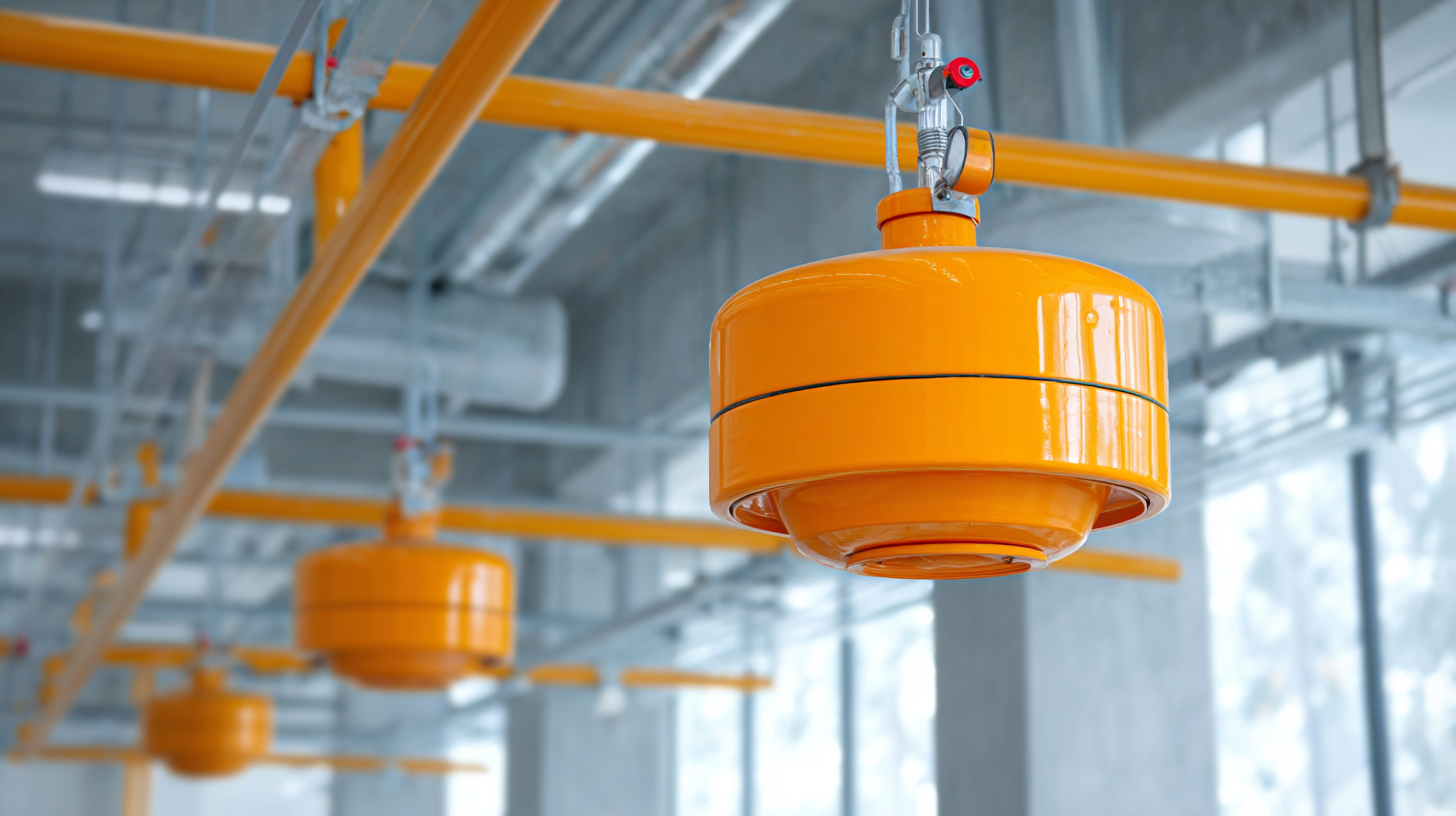
When selecting fire arrestors for your facility, it's crucial to understand the various types available on the market. Fire arrestors are designed to prevent the spread of fire and smoke, thereby protecting lives and property. According to the National Fire Protection Association (NFPA), about 25% of all fires originate in non-residential properties, highlighting the need for effective fire safety solutions. The most common types of fire arrestors include fire doors, fire dampers, and fire shutters. Each type serves a unique purpose and is made to withstand specific fire ratings, which can range from 30 minutes to several hours.
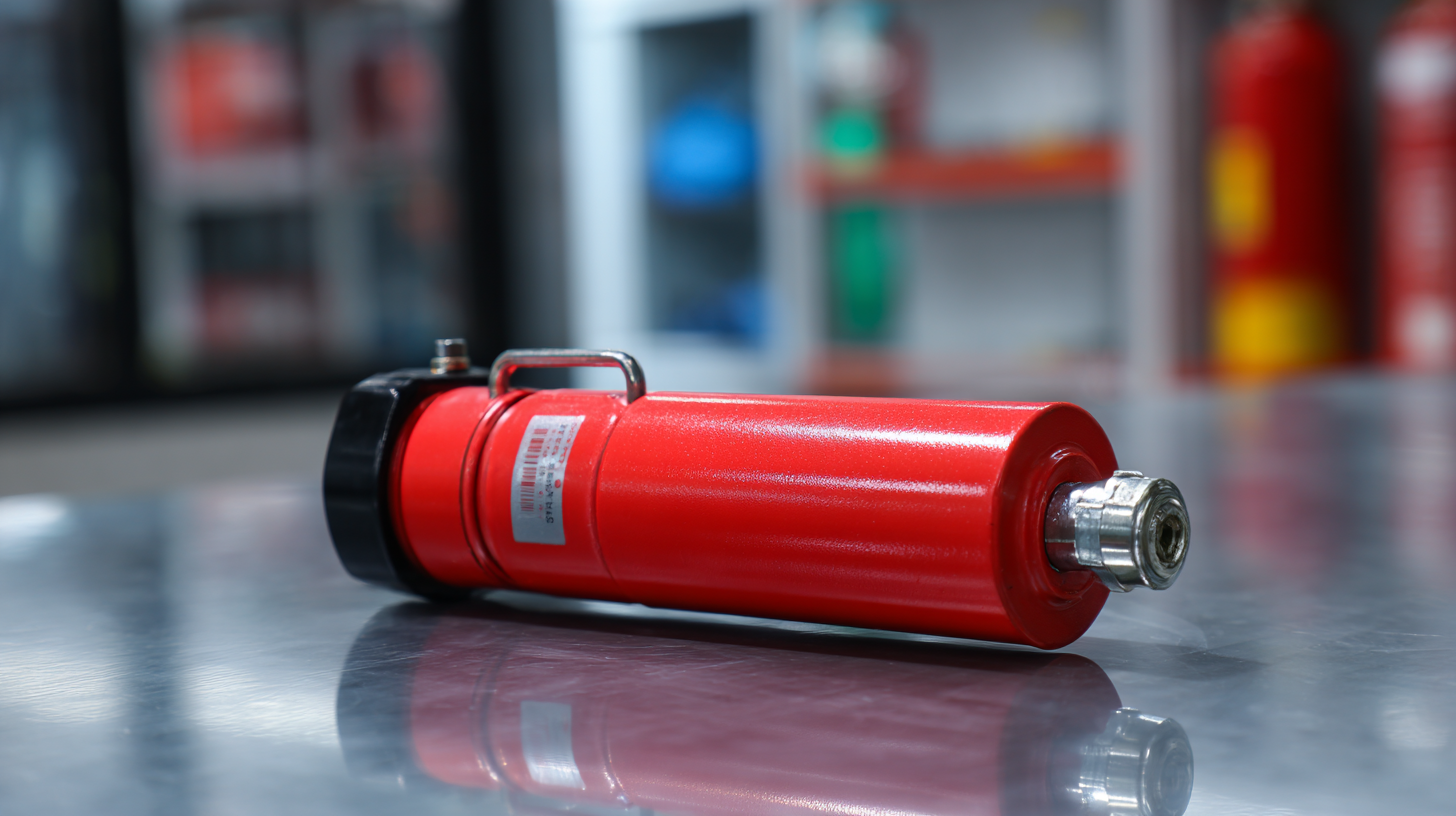
Fire doors, for instance, are essential in compartmentalizing spaces within a facility to contain fire and smoke. The NFPA reports that properly functioning fire doors can save lives by reducing casualties by up to 60%. Meanwhile, fire dampers are vital in HVAC systems to ensure smoke does not travel through ducts, maintaining air quality and safety. According to a report by the Underwriters Laboratories (UL), fire dampers can significantly reduce smoke infiltration in buildings when properly installed and maintained. Understanding these different types of fire arrestors not only enhances safety but also ensures compliance with local fire codes, ultimately safeguarding your facility against potential disasters.


